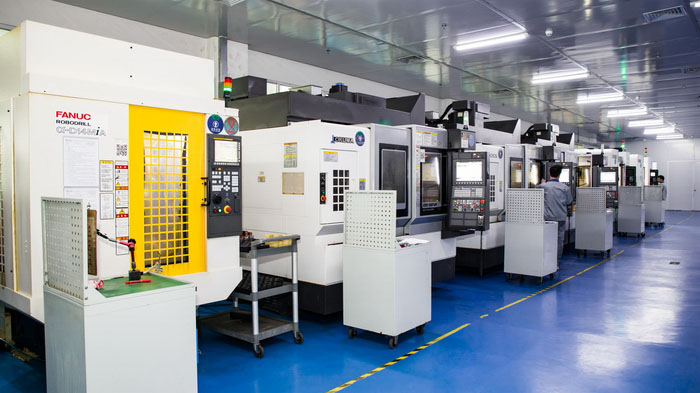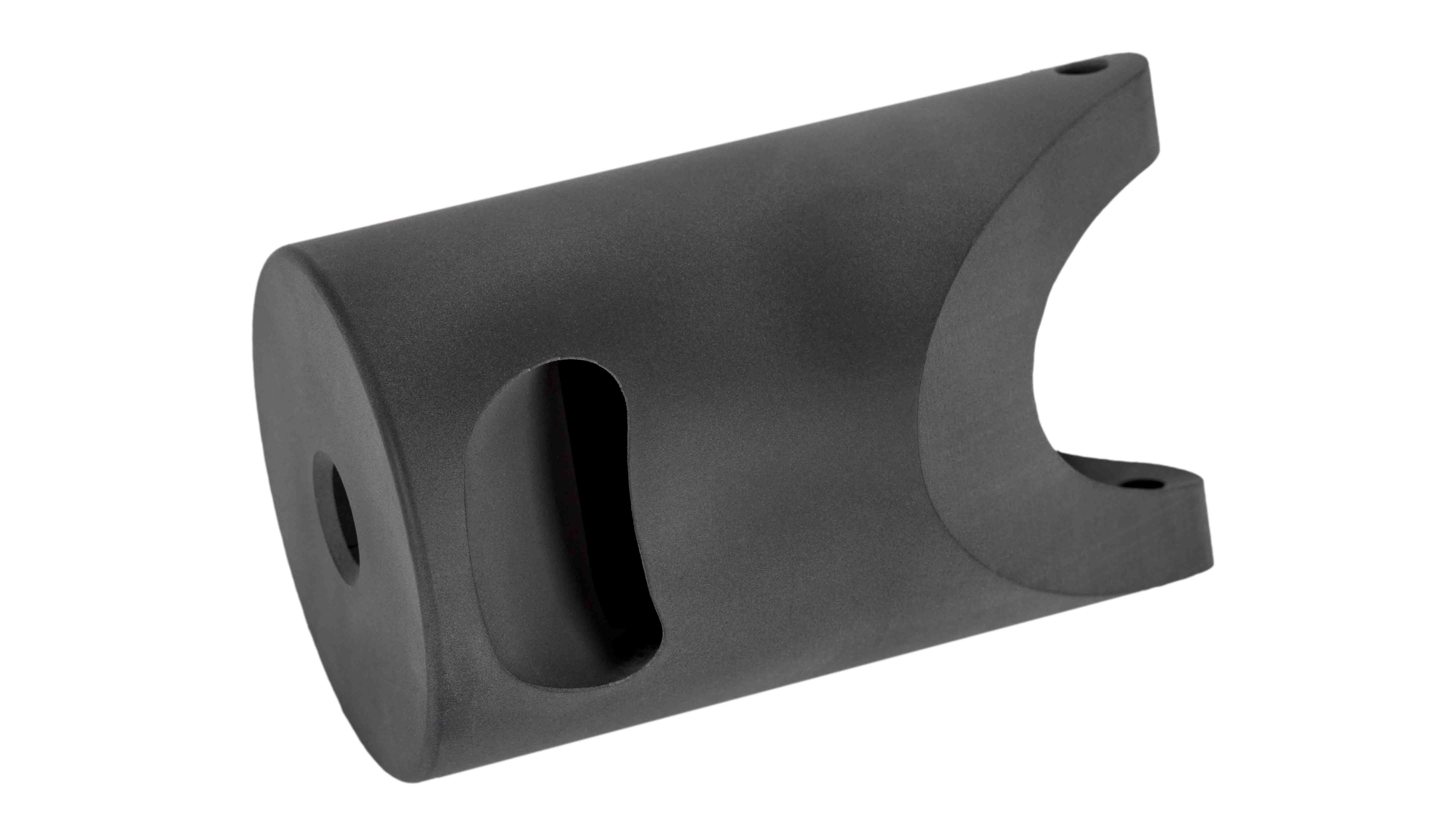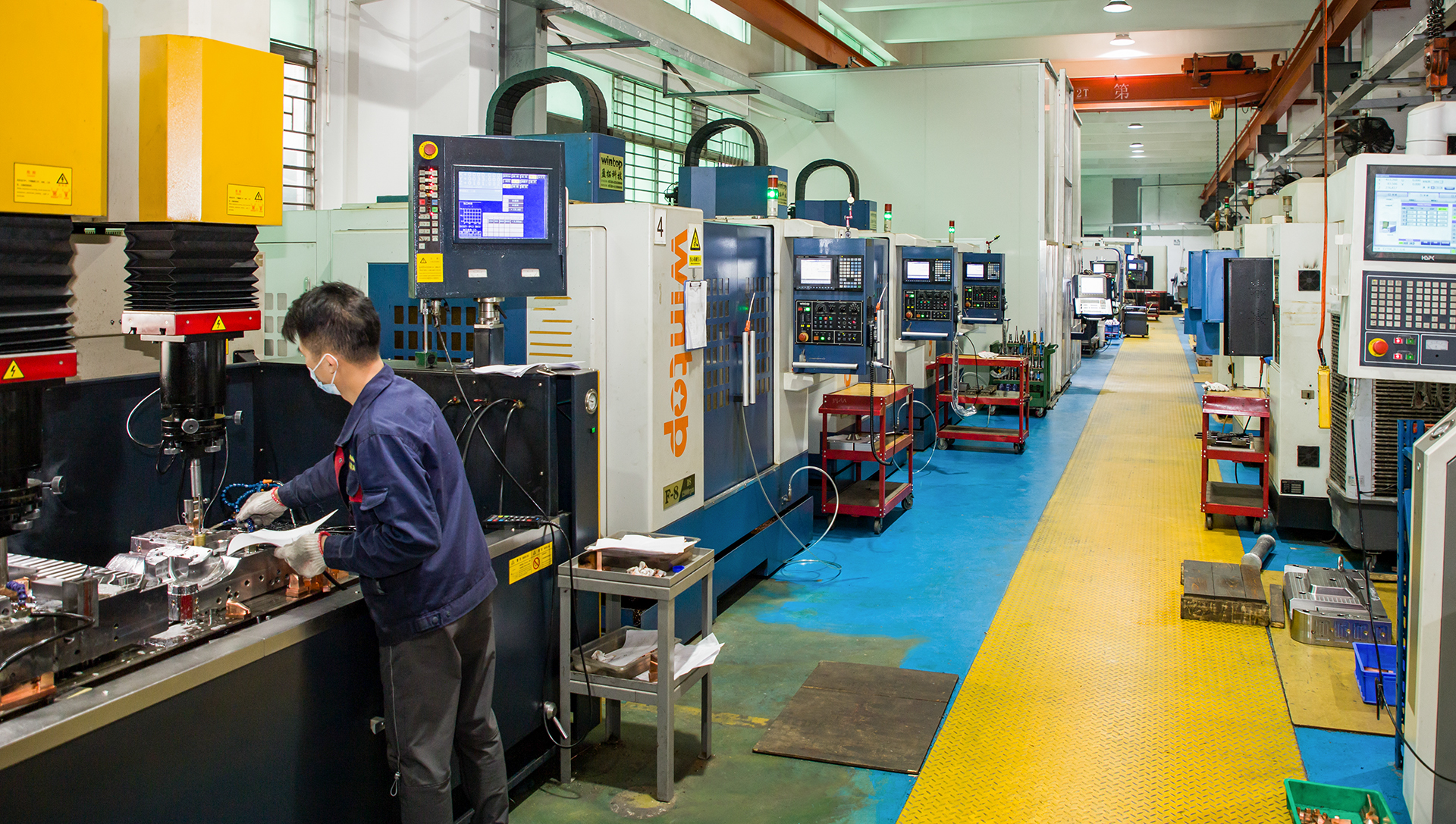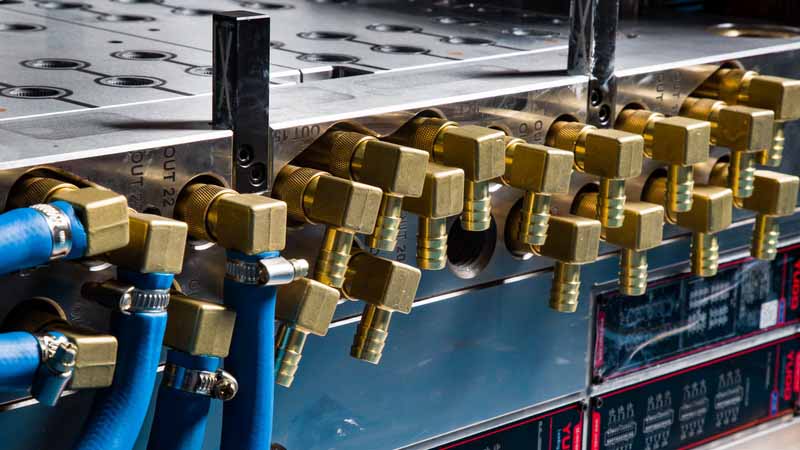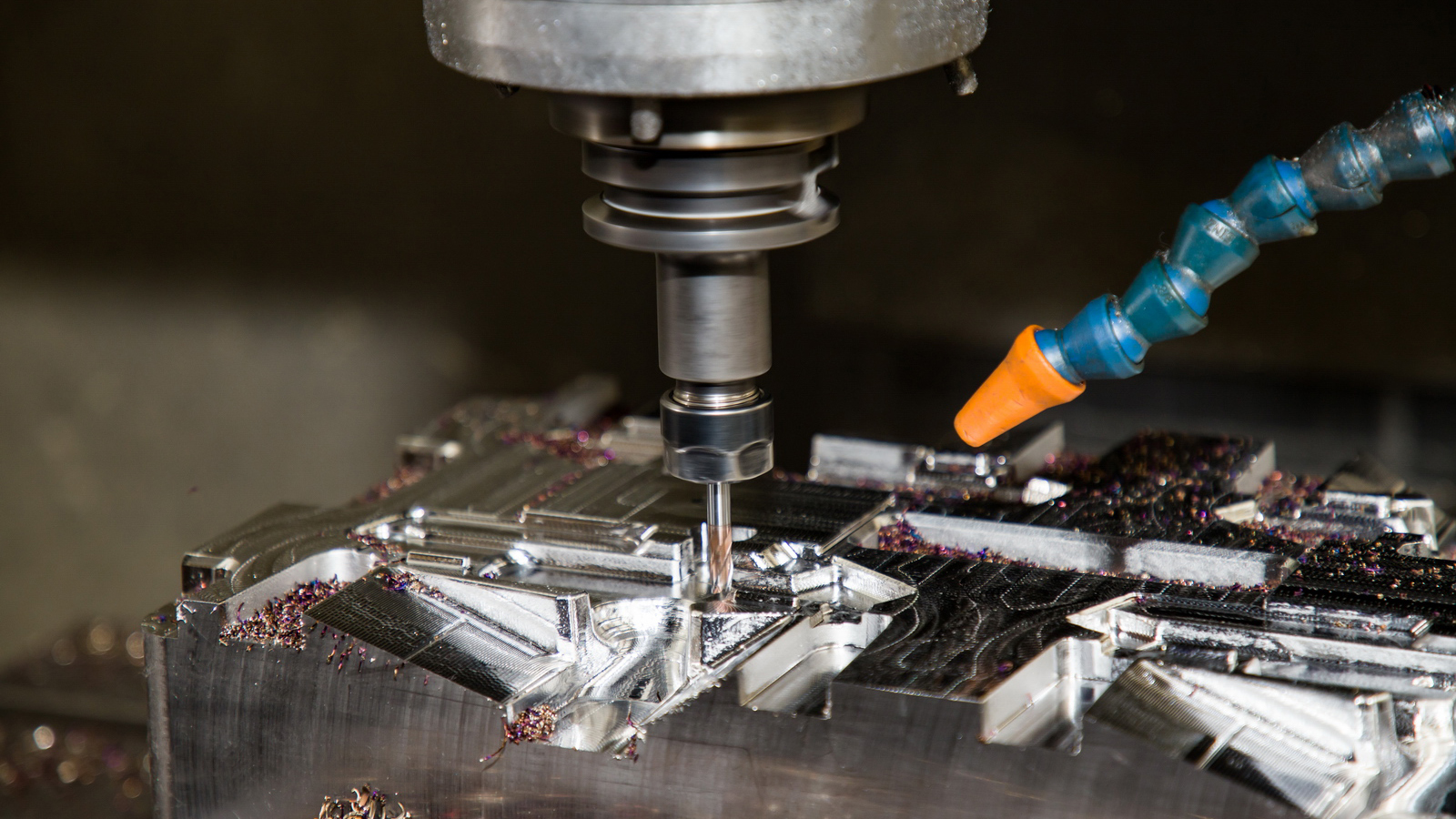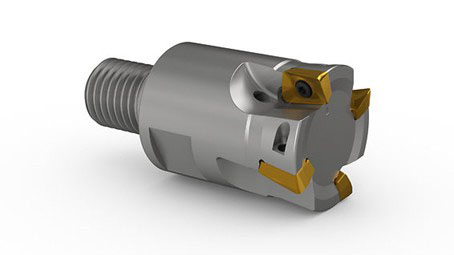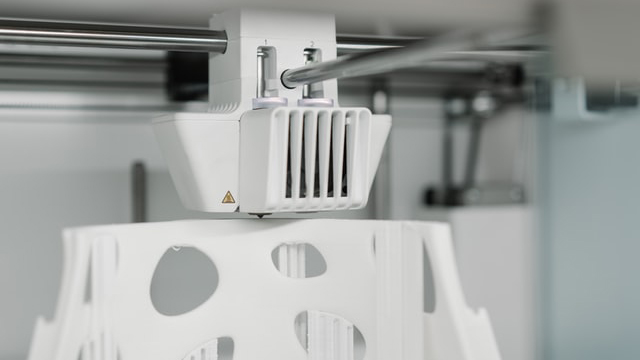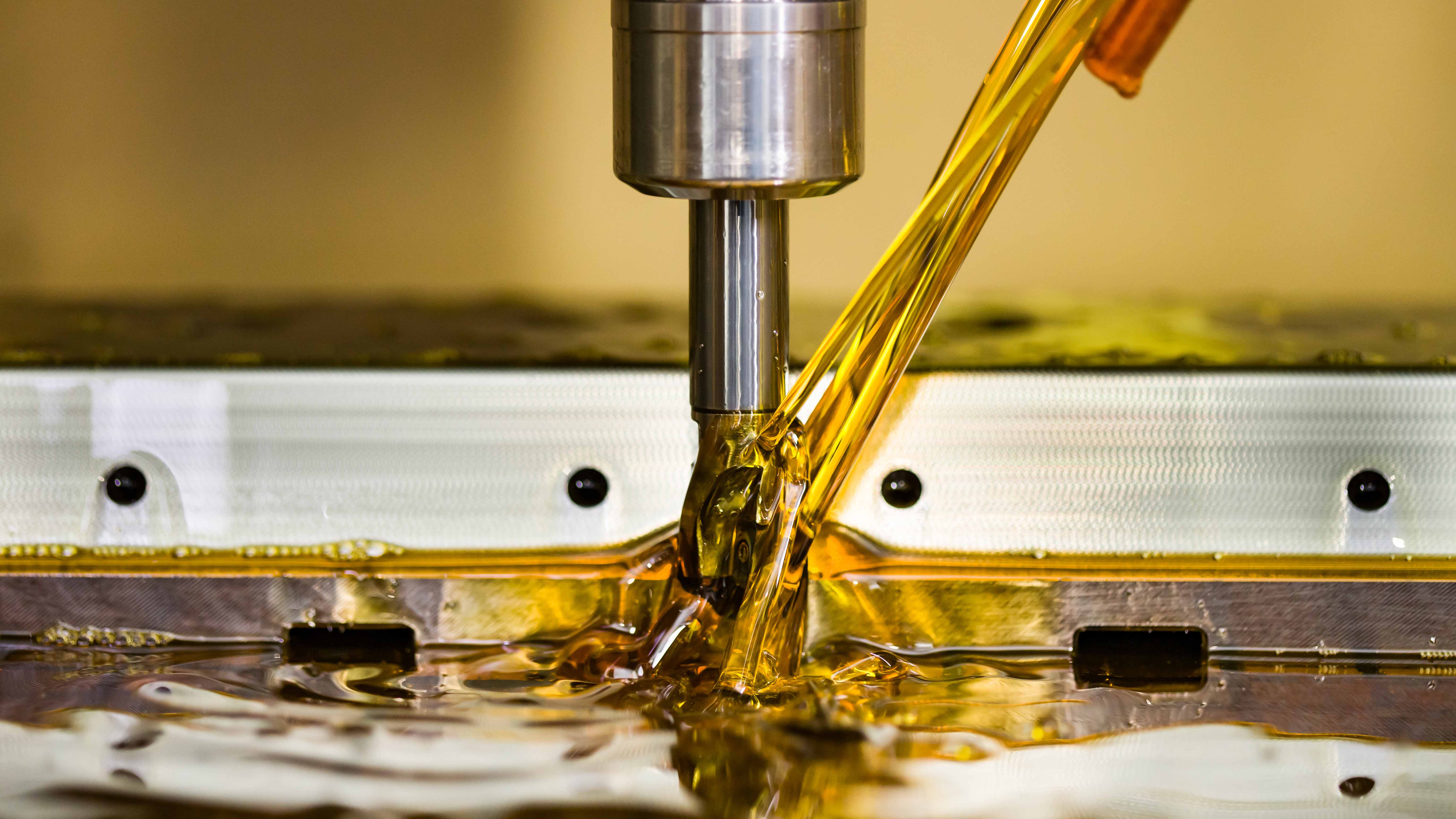Mastars provides molding solutions for all over the world, the company has a wealth of technical and manufacturing experience to provide customers with a variety of
custom injection molding, plastic molding solutions and precision injection molding processing, and to provide customers with the most complete injection mold, injection molding processing,
mold manufacturing and other technical support to create faster, better, more valuable plastic molding services for customers!
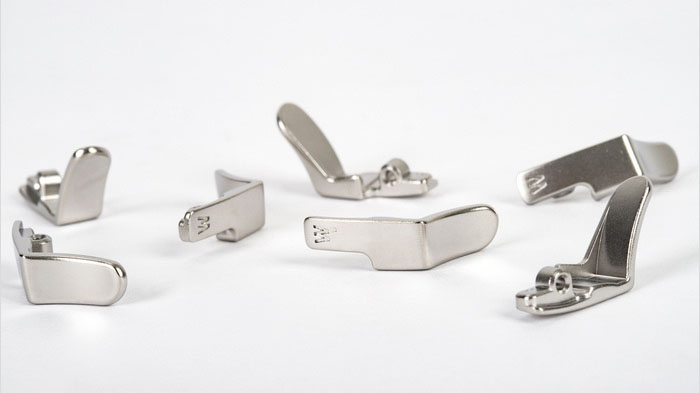
Hardness is the ability of a material to resist local deformation, especially plastic deformation, indentation or scratching. It is an indicator of how hard or soft a material is.
There are three types of hardness depending on the test method.
① Scratch hardness. It is mainly used to compare the softness and hardness of different minerals by selecting a rod with a hard end and a soft end, scratching the material under test along the rod and determining the softness and hardness of the material under test according to the location where the scratch appears. Qualitatively speaking, the scratch of a hard object is long and the scratch of a soft object is short.
② Indentation hardness. The method is to press a specified indenter into the measured material with a certain load and compare the softness and hardness of the measured material by the size of the local plastic deformation on the material surface. Due to the different indenter, load and load duration, there are various kinds of indentation hardness, mainly Brinell hardness, Rockwell hardness, Vickers hardness and micro hardness, etc.
③Return hardness. It is mainly used for metallic materials, by making a special hammer fall freely from a certain height to impact the specimen of the material under test, and determining the hardness of the material by the amount of strain energy stored (and subsequently released) in the specimen during the impact process (determined by the height of the hammer's jump back).
The most commonly seen Brinell, Rockwell and Vickers hardnesses of metallic materials are indentation hardnesses, where the hardness value represents the ability of the material surface to resist the plastic deformation caused by the pressure of another object; the jumpback method (Shore, Richter) measures the hardness, where the hardness value represents the size of the elastic deformation function of the metal.


